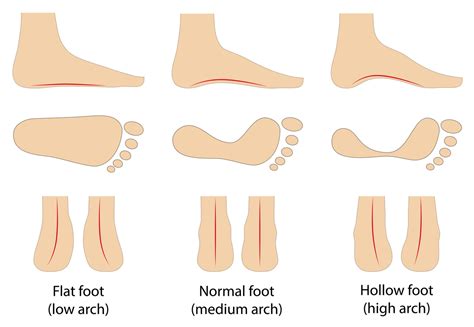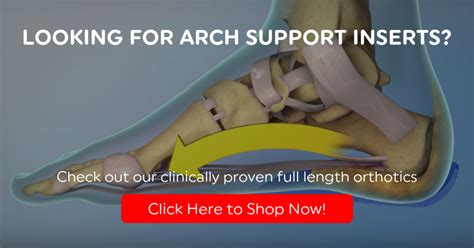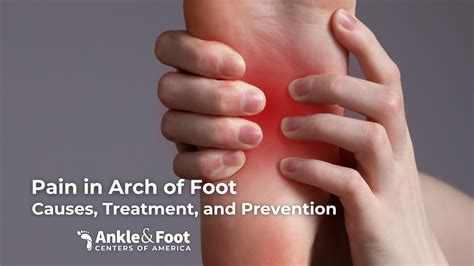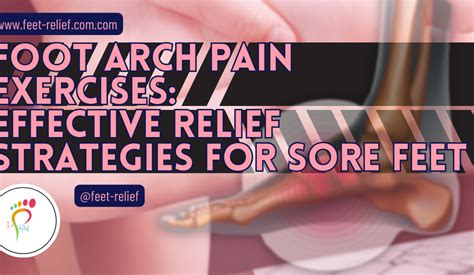Intro
Find arch pain in foot relief with expert solutions, treating plantar fasciitis, heel spurs, and flat feet, using orthotics, exercises, and stretches for instant comfort.
The human foot is a complex and fascinating structure, comprising 26 bones, 33 joints, and over 100 muscles, tendons, and ligaments. It plays a vital role in our daily lives, supporting our body weight, facilitating movement, and maintaining balance. However, the foot is also prone to various issues, including arch pain, which can be debilitating and affect our overall quality of life. Arch pain in the foot is a common complaint, and it's essential to understand its causes, symptoms, and treatment options to find relief.
Arch pain can occur due to various reasons, including flat feet, high arches, overuse, or poor footwear. When the arch of the foot is subjected to excessive stress or strain, it can lead to inflammation, pain, and discomfort. This pain can be sharp, dull, or aching, and it may be accompanied by other symptoms such as swelling, redness, or limited mobility. If left untreated, arch pain can worsen over time, affecting our ability to perform daily activities, exercise, or even walk comfortably.
The importance of addressing arch pain cannot be overstated. Not only can it improve our overall foot health, but it can also prevent more severe conditions, such as plantar fasciitis, Achilles tendonitis, or even back and leg pain. By understanding the causes of arch pain and seeking proper treatment, we can alleviate our symptoms, restore our foot function, and regain our mobility and independence. In this article, we will delve into the world of arch pain, exploring its causes, symptoms, treatment options, and prevention strategies, to help you find relief and achieve optimal foot health.
Understanding Arch Pain

Causes of Arch Pain
The causes of arch pain can be diverse and complex, involving a combination of factors. Some of the most common causes of arch pain include: * Flat feet or fallen arches * High arches or cavus foot * Overuse or repetitive strain * Poor footwear or inadequate arch support * Obesity or excessive weight * Aging or wear and tear * Certain medical conditions, such as diabetes or arthritis * Trauma or injury to the foot or ankleTreatment Options for Arch Pain

Conservative Treatment Options
Conservative treatment options are often the first line of defense against arch pain, and they can be highly effective in alleviating symptoms and promoting healing. Some of the most common conservative treatment options include: * Orthotics or arch supports, which can help redistribute pressure and alleviate strain on the arch * Physical therapy or stretching exercises, which can help improve foot mechanics and reduce pain * Footwear modifications, such as using shoes with good arch support or custom orthotics * Pain relief medications, such as ibuprofen or acetaminophen, which can help reduce pain and inflammationPrevention Strategies for Arch Pain

Home Remedies for Arch Pain
There are several home remedies that can help alleviate arch pain and promote healing. Some of the most effective home remedies include: * Rest, ice, compression, and elevation (RICE) to reduce pain and inflammation * Stretching or rolling the foot to improve flexibility and reduce strain on the arch * Using foam rollers or massage balls to massage the foot and promote blood flow * Taking pain relief medications, such as ibuprofen or acetaminophen, as directed * Using arch supports or orthotics to redistribute pressure and alleviate strain on the archExercises for Arch Pain Relief

Footwear for Arch Pain Relief
Footwear can play a significant role in alleviating arch pain, and choosing the right shoes can make a big difference. Some of the most effective features to look for in shoes for arch pain relief include: * Good arch support, which can help redistribute pressure and alleviate strain on the arch * Cushioning, which can help absorb shock and reduce impact on the foot * A comfortable fit, which can help reduce pressure and friction on the foot * A supportive heel counter, which can help stabilize the foot and reduce strain on the arch * A flexible sole, which can help promote natural foot movement and reduce stiffnessConclusion and Next Steps

What are the most common causes of arch pain?
+The most common causes of arch pain include flat feet, high arches, overuse, or poor footwear. Other factors, such as obesity, aging, or certain medical conditions, can also contribute to arch pain.
How can I prevent arch pain?
+To prevent arch pain, it's essential to wear shoes with good arch support, use orthotics or arch supports, engage in regular exercise, maintain a healthy weight, and avoid repetitive or high-impact activities.
What are the best treatment options for arch pain?
+The best treatment options for arch pain depend on the underlying cause and severity of the condition. Conservative treatment options, such as rest, ice, compression, and elevation (RICE), pain relief medications, orthotics, and physical therapy, can be highly effective in alleviating symptoms and promoting healing.
